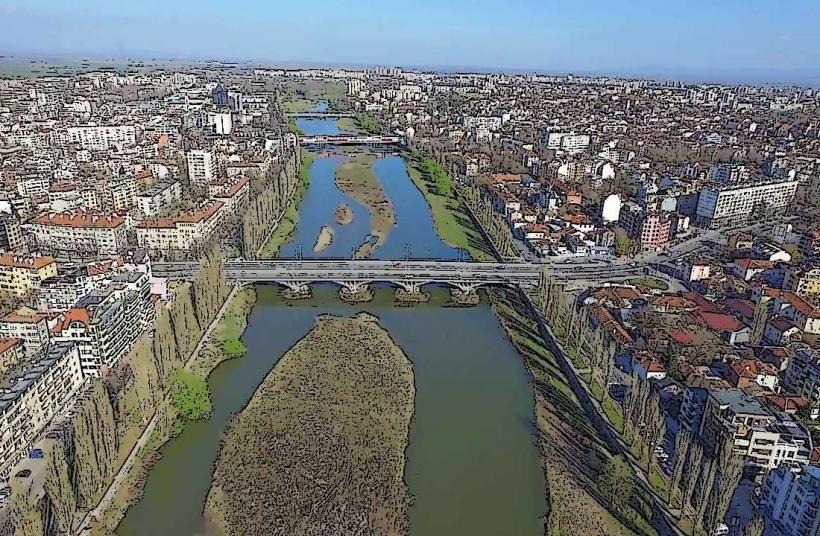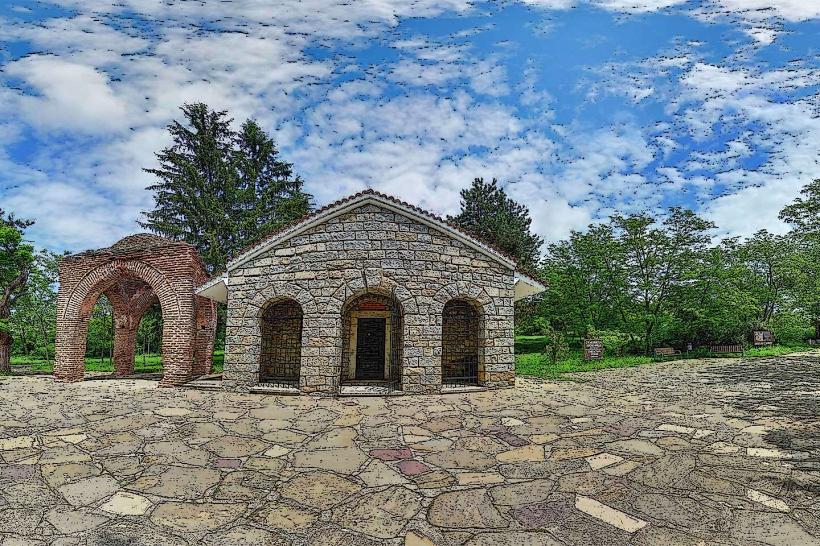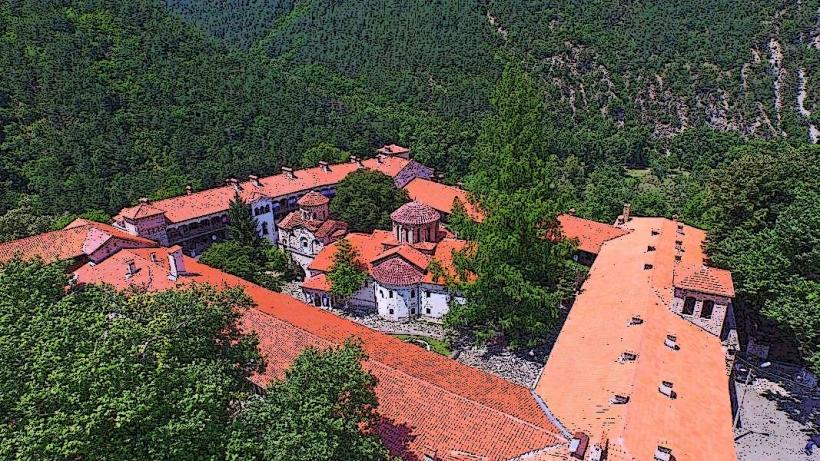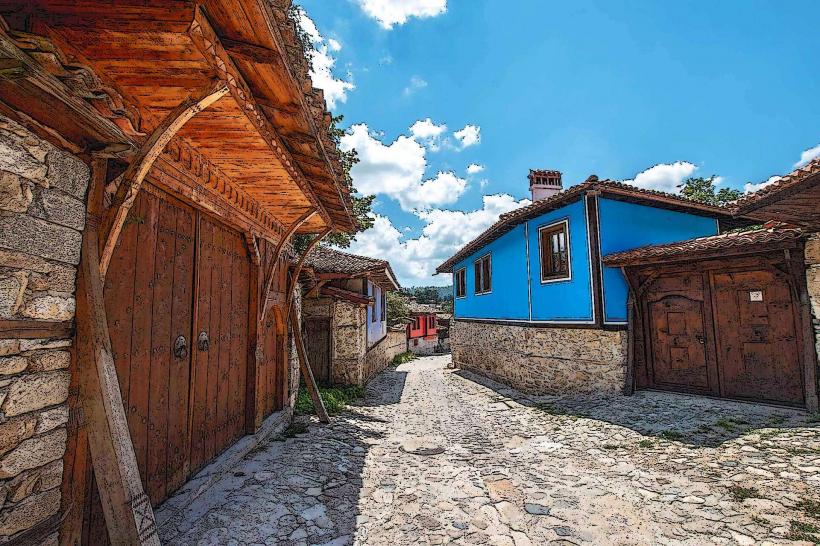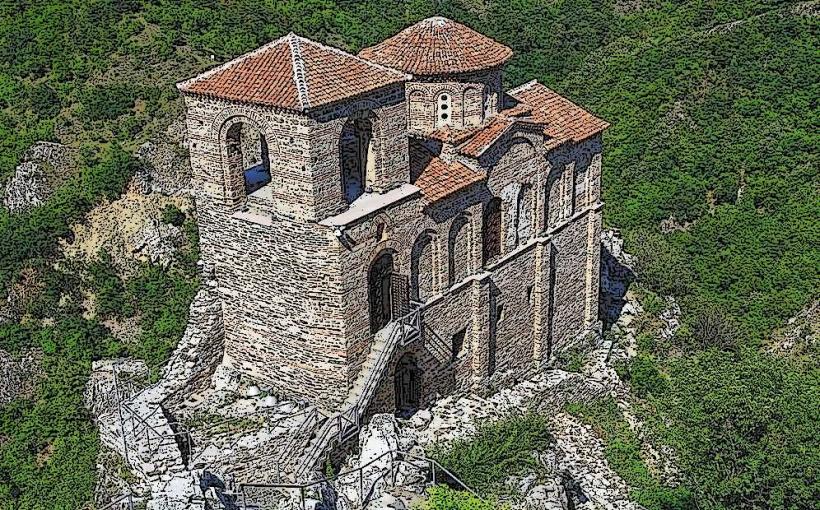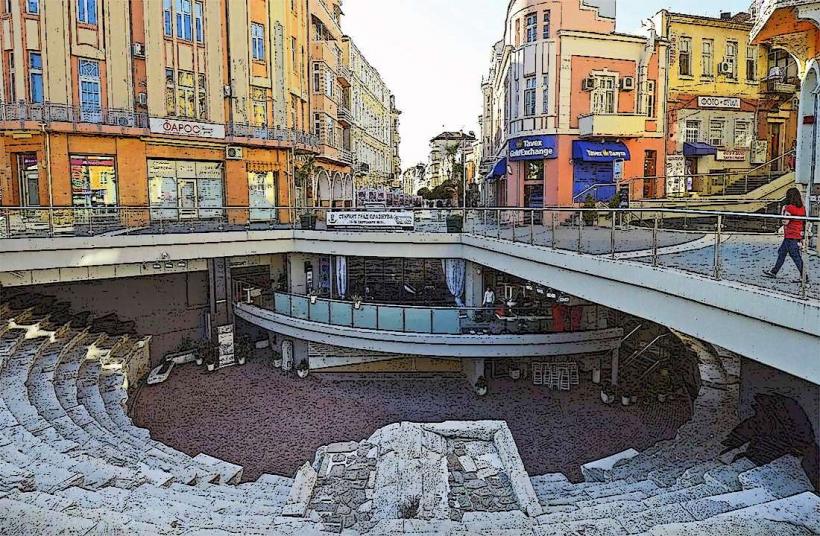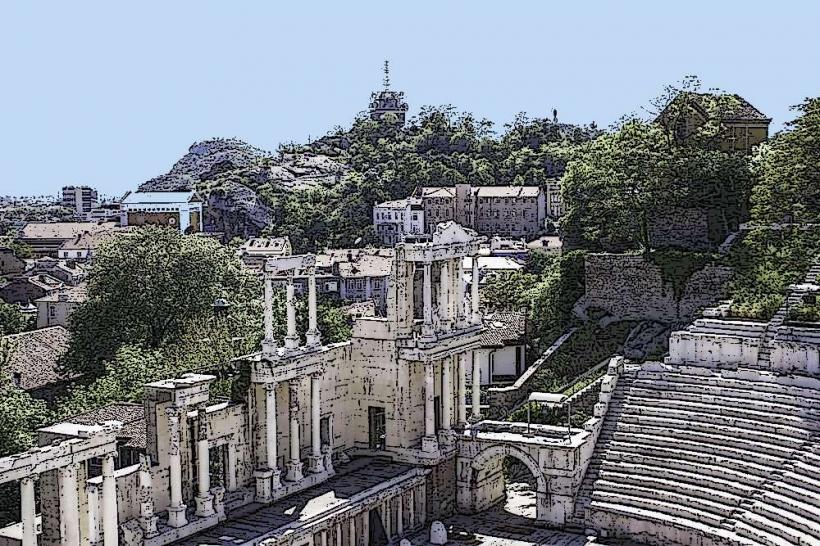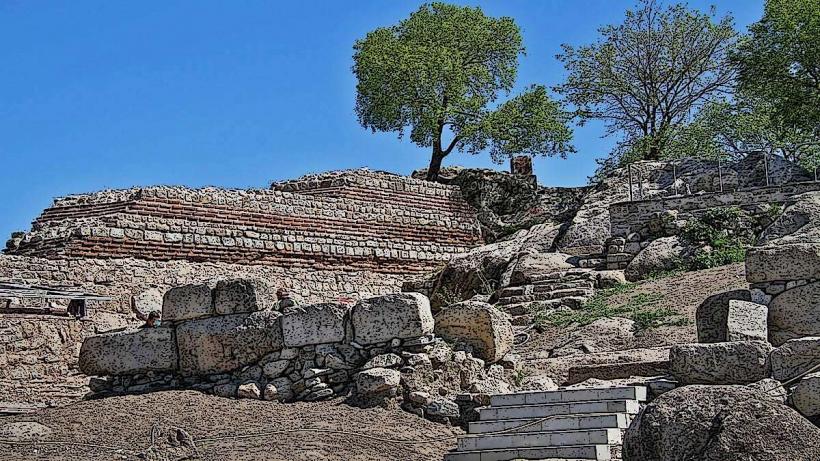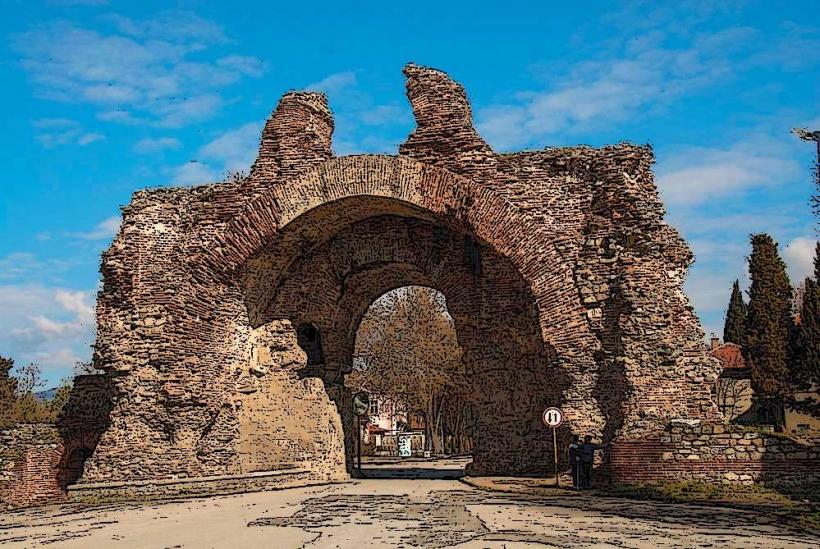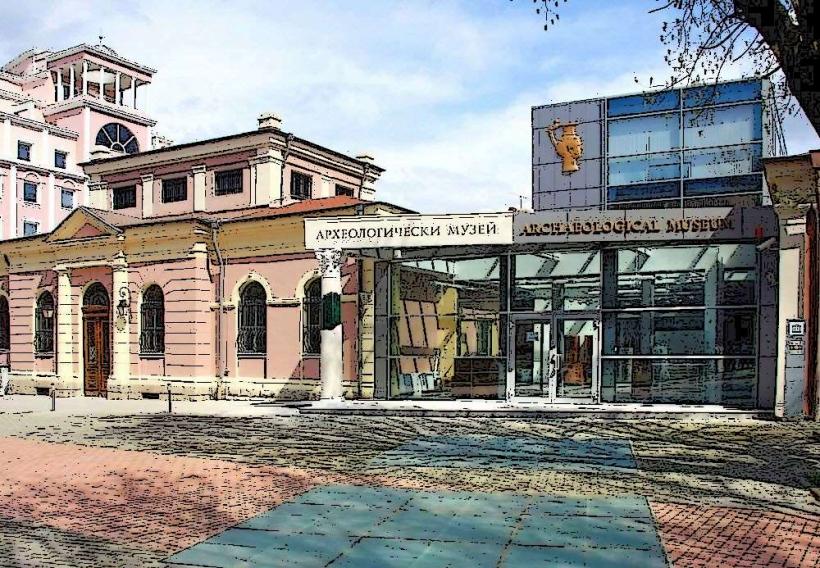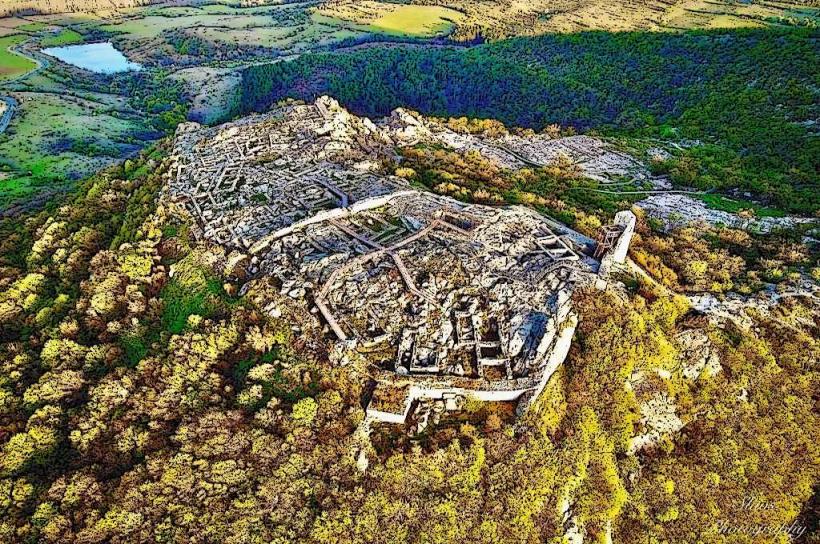Information
Landmark: Fortress of TsepinaCity: Plovdiv
Country: Bulgaria
Continent: Europe
The Fortress of Tsepina is a historical fortress located near the town of Velingrad, in southern Bulgaria, specifically in the Rhodope Mountains. It dates back to the Middle Ages and is considered an important strategic site, with a history that stretches back to Roman and Byzantine times, later serving as a stronghold during the Second Bulgarian Empire.
Key Features and Historical Significance:
Strategic Location:
- The fortress is perched on a high rocky hill, offering a commanding view of the surrounding area, including the Chepinska River Valley. This strategic location allowed it to control important routes and serve as a defensive outpost for the region.
- It is believed that the fortress played an important role during the Byzantine and Bulgarian medieval periods, particularly during the reign of the Asen Dynasty in the 13th century. The fortress is also associated with the Bulgarians' struggle against foreign invaders, especially the Ottomans and Crusaders.
Architecture:
- The remains of the fortress include portions of city walls, watchtowers, and fortified gates. The construction of the fortress follows typical medieval military architecture, designed to withstand sieges and attacks.
- One of the most notable features is the citadel, which housed the fortress’s defenders and possibly the local elite. The structure is well-preserved and offers visitors a glimpse of its historical military function.
Historical Role:
- During the Second Bulgarian Empire (12th–14th centuries), Tsepina Fortress was a critical military site. The fortress was later abandoned after the fall of the empire and the establishment of Ottoman rule, which saw the gradual decline of many similar fortresses in the region.
Modern-Day Visit:
- Today, the Fortress of Tsepina is a popular tourist destination due to its historical significance and stunning natural surroundings. The site offers scenic views of the Rhodope Mountains and is a favored spot for hiking and exploration. It is also part of the broader network of historical and archaeological sites in the region.
- Visitors can explore the remains of the fortress, including the gates, walls, and the church that once existed within the fortress complex. Some of the original stonework and carved inscriptions are still visible today.

